|
Messerschmitt Bf 109 T-2
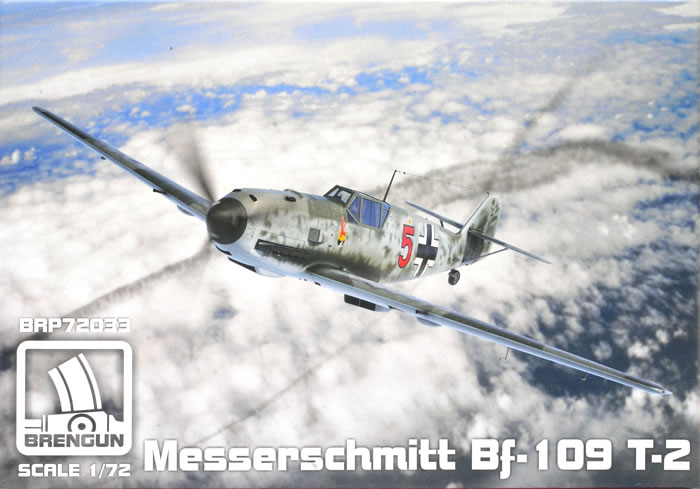
Brengun, 1/72 scale
Reviewed by Graham Carter

Eduard's 1/72 Avia B.534 IV serie Weekend Edition is available online from Squadron.com
One of the lesser-known Bf 109 variants that had originally been proposed and built to be used on the on-again/off-again German aircraft carrier Graf Zeppelin, some 70 T-1 were to be produced but after the first seven were built, the carrier project was cancelled and the remaining 63 were built as T-2s without carrier equipment and some of the T-1s may have been "upgraded" to T-2 standard.
It was found that the performance of the T-2 was closely comparable to the E-4/N and, because of its ability to take off and land in shorter distances, these fighters were assigned to I/JG.77, deployed in Norway on landing strips which were both short and subject to frequent, powerful cross-winds. The armament of the Bf 109 T consisted of two 7.92 mm (.312 in) MG 17s above the engine and one 20 mm MG FF/M cannon in each wing.
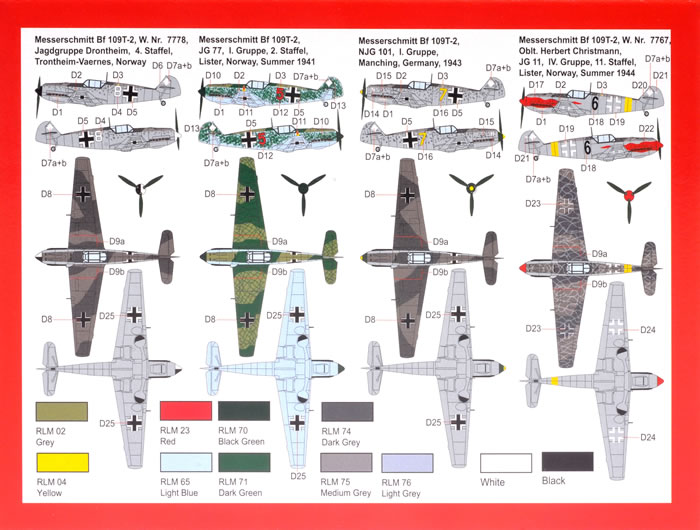
In early 1943, the Graf Zeppelin was revived again (and again cancelled) but the Bf 109 T was clearly obsolescent and were issued to several training units in 1943.
In April 1943, the Jagdstaffel Helgoland was formed and operated until late 1943, when the unit transferred to south Norway. The unit was renamed as 11./JG 11 as of 30 November 1943 and the Bf 109 Ts remained in operation until the summer of 1944, after which some were used in training units in Germany.
Reference; Wikipedia
A number of kits of this aircraft have been produced in most of the popular scale from the 1/32 Alley Cat conversion through full kit 1/48 offerings from Otaki/Academy/Hasegawa and in 1/72 from such ‘well-known’ companies as FACE whose 1995 release has been also made available through Aeroplast and Toga! The best known previous kits are those of RPM from a few years back. I’m sure a number of modellers have also gone down the conversion/scratch-build route in an attempt to model this aeroplane.
This latest version is from Brengun who are making a name for themselves with a range of slightly off-beat aircraft types. This kit looks like it makes use of their earlier Bf 109 E ( which version can still be built from this kit) by making use of longer span wings that came on the original sprues.
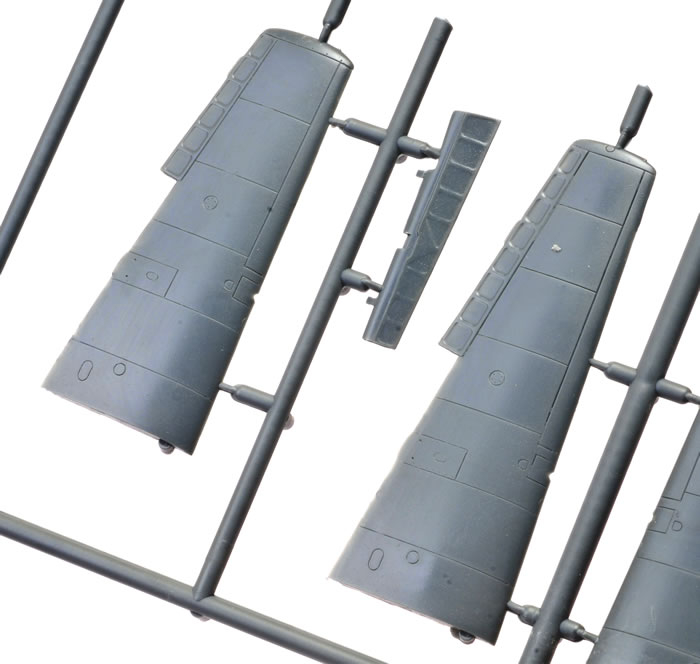
The parts are in resealable plastic bag in a small end-opening box with a simple illustration on top. Also included are a small set of resin and a nice decal sheet. Instructions are fairly basic, printed on both sides of a folded A4 sheet, with paint details for the exteriors but no manufacturers named.
Parts are generally well-moulded in dark grey plastic with fine panel lines, although the representation of the control surface ribs is a little over-stated. A coat or two of paint should reduce that effect. Some flash is evident on smaller parts and no locating pins/holes are provided as usual with short-run kits. Wheel wells are nicely detailed but there appears to be a fair gap between the moulded sides and the roof detail.
Cockpit detail is finely done on the fuselage sides but the floor area is over-simplified and the modeller will have to paint up their own instruments and find some seat belts. Fortunately there are a gazillion accessory sets in PE and resin to draw upon.
Clear parts are well done. The canopy is supplied in three pieces so it may be posed open if desired.
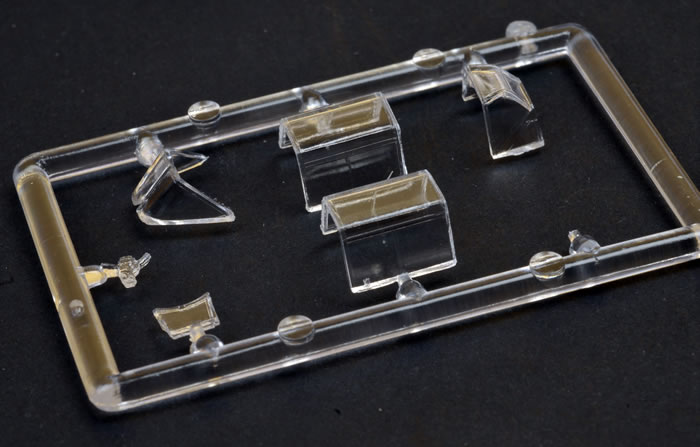
Resin is used for the gun barrels and radiator cores.

Decals cover four land-based aircraft, all actual airframes so the Graf Zeppelin ‘Whiffers’ will need to make their own arrangements. They are very glossy and appear to have good colour density.
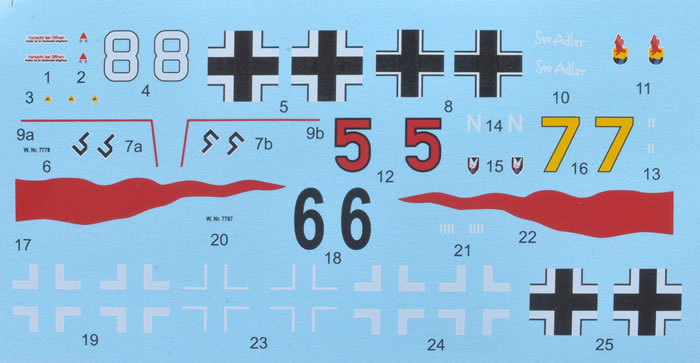
Three aircraft are from Norway and one from Manching in Germany and they cover the period between testing in 1941 and trainer service in mid 1944. One is in early 70/71/65, whilst the other three are in greys 74/74/76, the last with an interesting marbled light grey pattern over the darker tones. One carries the familiar red design on the forward fuselage.
This is a simple but good-looking representation of this design and I can see a number of competent modellers doing wonders with it.
Thanks to Brengun for the review sample.
Review Text Copyright © 2019 by Graham Carter
Copyright © 2019 by Brett Green
Page Created 23 January, 2019
Last updated
23 January, 2019
Back to HyperScale Main Page
Back to Reviews Page |
